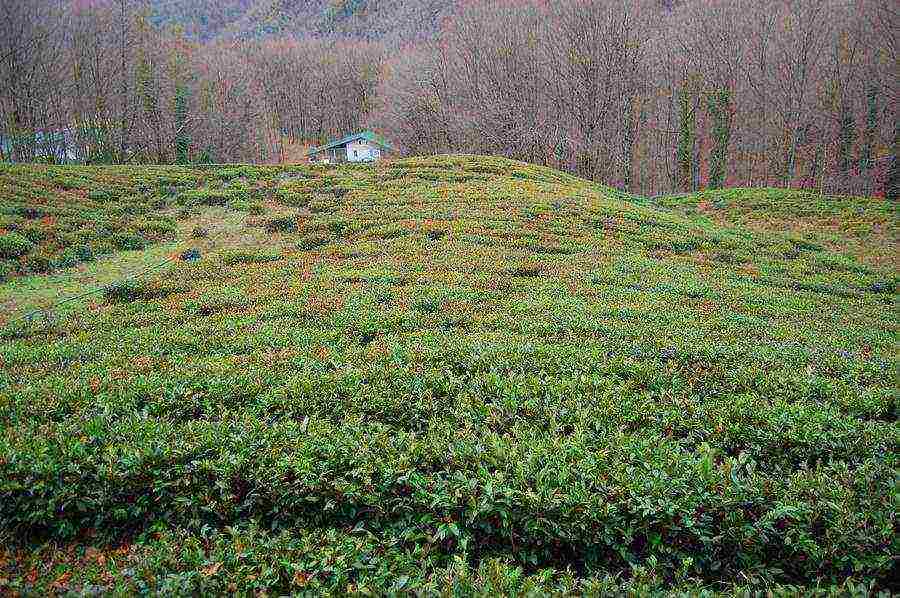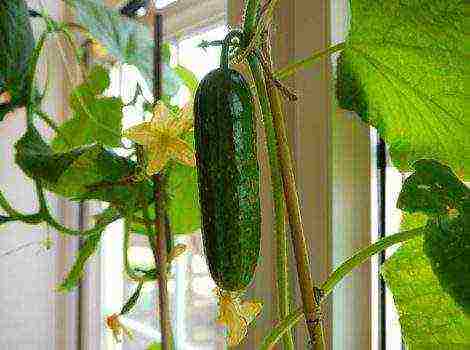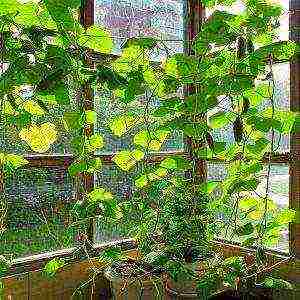2 April 2014 / Investments
The head of the region visited several large enterprises of the Belorechensky district, talked with employees and discussed problematic issues with local residents. Alexander Tkachev's trip to the municipality was planned and was of a working nature.
And yet, the visit of such a distinguished guest to the enterprises of the region was a pleasant surprise for workers in agriculture and the processing industry. Looking ahead, we can say that the meeting turned out to be interesting and positive.
The head of the region got acquainted with the work of the greenhouse complex "Vegetables of the Krasnodar Territory". The agricultural complex was built in 2011, consistently increasing the pace of construction. On a 60 hectare site, 20 are occupied by greenhouses. Tomatoes, peppers and cucumbers in greenhouses are grown according to Dutch technologies, the harvest is harvested 365 days a year. Products grown in the Kuban are sold very quickly. Buyers from different regions of Russia, as they say, queue up for vegetables from Belorechenskie greenhouses.
The head of the enterprise informed the governor of plans to build another 12 hectares of greenhouses to grow more vegetables. Today, dozens of varieties of Kuban cucumbers and tomatoes are grown here. We intend to increase production volumes this year.
Then Alexander Tkachev visited the Belorechensky cannery and the tea factory Kuban-Tee LLC. The enterprises employ about 500 people from among the local residents. The tea factory produces over 6,000 thousand tons of products. The governor was shown dozens of types of tea in different packaging. After tasting freshly brewed tea, the governor noted that "Kuban tea is quite competitive and in terms of taste is in no way inferior to Indian tea."
At the cannery, with a capacity of 50 million conditional cans per year, Tkachev was shown the main technological lines and a rich assortment of products.
Then the governor went to the Druzhny rural settlement, 10 kilometers from the district center, to communicate with residents. The meeting was attended by the head of the Belorechensky district Ivan Imgrunt and the head of the administration of the Druzhny rural settlement Anatoly Shipko.
They do not complain about life in the village, but the inhabitants cope with everyday, everyday problems. The settlement's own budget is more than 23 million rubles, one hundred percent street lighting, gas is supplied to each house, plans are to build a water supply system.
In terms of employment, everything is also good: more than a thousand residents receive salaries at 36 enterprises in the region. The governor answered the questions of the residents and listened to the proposals. He called the Belorechensky district "a prosperous, promising territory, and the inhabitants - sincere and sincere." Tkachev noted that the Belorechensky district is in the top ten of the strongest in the region and in the top three in attracting investments.
Matsesta Tea Factory in 2017 increased the collection of tea leaves by 17% compared to 2016. Last year, the production volume of the enterprise increased to 270 tons. The yield of tea has reached 27 centners per hectare. According to the press service of the Sochi administration, this is the highest figure among all tea-growing farms in the Krasnodar Territory.
The Sochi mayor's office notes that over the past two years, 47 hectares of land that have been desolate since the beginning of the 90s of the last century have been cleared and restored to grow tea.
Note that according to the regional Ministry of Agriculture, Sochi farmers in 2017 collected about 517.6 tons of tea, which is 60 tons more than in 2016.Last year, tea companies received subsidies from the regional budget in the amount of 25.6 million rubles under the regional program for the development of tea growing in the Kuban. This money was intended to reimburse part of the costs of caring for the plantations for three years. Six large enterprises are engaged in the cultivation of tea plantations and the production of tea in the region: Shapsug tea, Solokhaul tea, Dagomyschay, Matsestinsky tea, Hostachai, Adler tea, as well as several farms. In 2016, tea growers harvested 453 tons of tea leaves, which is 38% (125 tons) higher than the 2015 level.
That's what I understand - deception is so deception!
I saw this post for a long time, but only now it has come down. The bottom line is that they sell us Indian tea under the guise of Azerbaijani tea.
The heart bleeds, it becomes terribly in the soul. Are they pouring some German or Czech beer under the guise of Volzhanin, and we don't even know ?! Our people are being fooled!
Original taken from sterlingoff to Azer? tea "or the history of all-Russian deception
A couple of weeks ago, I made a small scolding to the relatives of my wife who were visiting me, who admitted that they periodically use Azerchay.
I sincerely and violently wondered how Armenians could spend their hard-earned money on the purchase of goods produced by a hostile state. They said that there is no tastier tea on the market and, they say, here it is the forgotten taste of childhood and adolescence. And they don't care about my grandiloquent claims “not a penny to the enemy”.
The dispute ended in a complete and unconditional victory of ours (who would doubt it 😉) when I laid these "cubanoids" on my shoulder blades with the following fact. It turns out that Azerchay sold in the south of Russia has nothing to do with the country whose name it bears on the label, that is, the oil-bearing sultanate named after the late Pope Ilham. This tea grows in the Krasnodar Territory, where it is packaged in the city of Belorechensk.
That is, "Azerchay" with its "unique taste" is a product of the stupidity of our marketers, not Azerbaijani farmers.
Knowing that everything is bad in the neighboring sultanate with tea plantations, and the export of Azerchay is increasing, I began to study the topic.
And here's what turned out.
All Azerchaya is built on deception!
We open the official website /> and read: “Azerchay "has been produced since 1996 by the" Sun-Tea "operating under Azersun Holding. This tea is a blend of high quality tea, harvested from the tea plantations of Lankaran and Astara. That is, all tea is grown in the land of fires?
It is said about production volumes "An average of 9 thousand tons per year"... Damn, I think, and where do you manage to grow these 9,000 tons, that is, 9 million kilograms? What is this miracle technology?
It turned out that "Azersun Holding" and his son "Sun-Tea" simply passed off as ordinary Azerbaijani Indian and Chinese teas.
Tea plantations in Azerbaijan continue to decline writes Last year alone, 26% of the tea bushes were cut down. At the beginning of this year, Azerbaijan has 567 hectares of tea plantations. A year earlier, this figure was 794 hectares, and in 2007 about 1700 hectares, the State Statistics Committee said.. According to the SCS, 545 tons of tea were collected last year. Last year, the Azersun Holding group of companies purchased 384.9 tons of green tea leaves from local farmers.
According to the processing technology, 4 kg of green tea leaves are used to produce 1 kg of fermented black tea ".
Thus, out of 9,000 tons produced by Azersun Azerchay, slightly more than 96 tons are grown in the country of origin, that is 1% !!!
We also read there that in 2010 Azerbaijan was brought mainly from Sri Lanka and India for "processing" 8192 tons of fermented and partially fermented tea. This is the true homeland of Azerchai.
In Azerbaijan itself, tea growing is in trouble. "Over the past 10 years in Azerbaijan, about 10 thousand hectares of tea plantations have become a victim of the arbitrariness of the local authorities", says the head of the Association of Tea Growers of Azerbaijan, Professor Farman Guliyev According to Guliyev, today tea plantations in Azerbaijan have decreased to 1 thousand hectares, and the country produces about 100 tons of local dry tea.
REQUEST. Bring this information to a wide range of readers. Let people know that they really are considered suckers and idiots.
Tea plantations in the Krasnodar Territorymono_polistJanuary 27th, 2017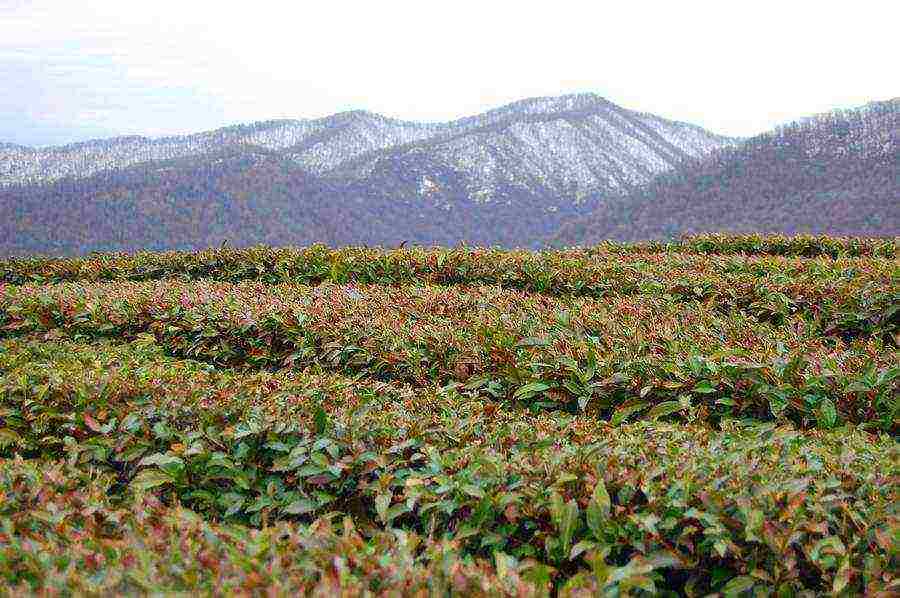
Many people know the tea brand "Krasnodar Tea", but few people know where this tea is grown. We found plantations near the village of Izmailovka, Sochi.
How to get there?From the Sochi railway station there are buses 120 and 180. The bus terminus is the village of Semenovka (we don't need to go there). We thought we should go to the village. Izmailovka, but the driver advised us to go outside the village, it was here that we saw tea plantations. There is a warning sign in front of the entrance that it is forbidden for strangers to be here, but does that hold tourists back?
2. First we saw tea bushes near the road, they were completely sad, I was even upset that we came here. But you have to climb higher, where you meet even green gorgeous fields.

3. This is how our seagull grows.

4.

5. Until 2012, Russian (Krasnodar) tea was the northernmost industrially grown tea in the world.
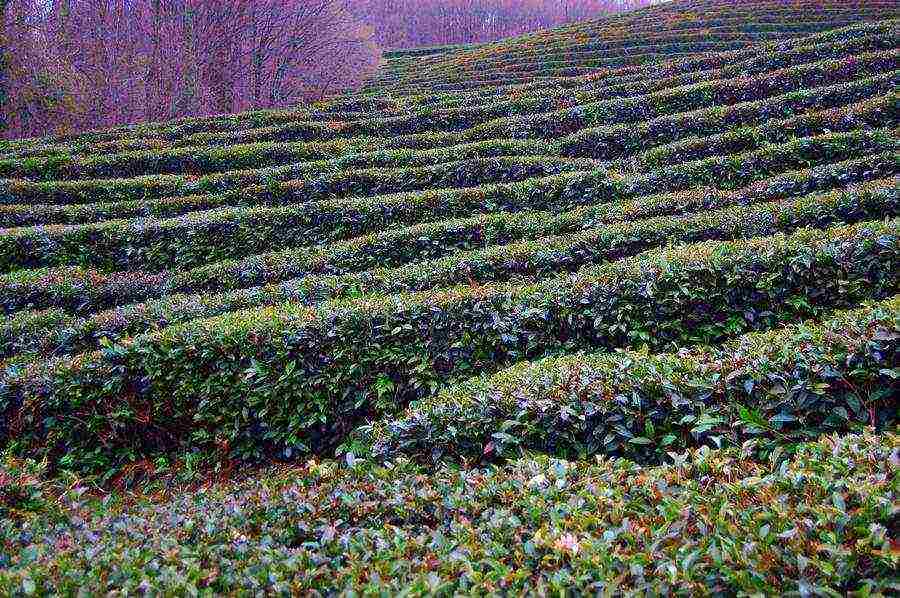
6. The first tea plantation "Krasnodar Tea" was located near the village of Solokhaul (Sochi) in 1901. The seeds were brought from Georgia.

7. Tea plantations in the Krasnodar Territory are the only ones in Russia, nowhere else do they grow tea in the country, because only here are the subtropics, a favorable climate for growing.
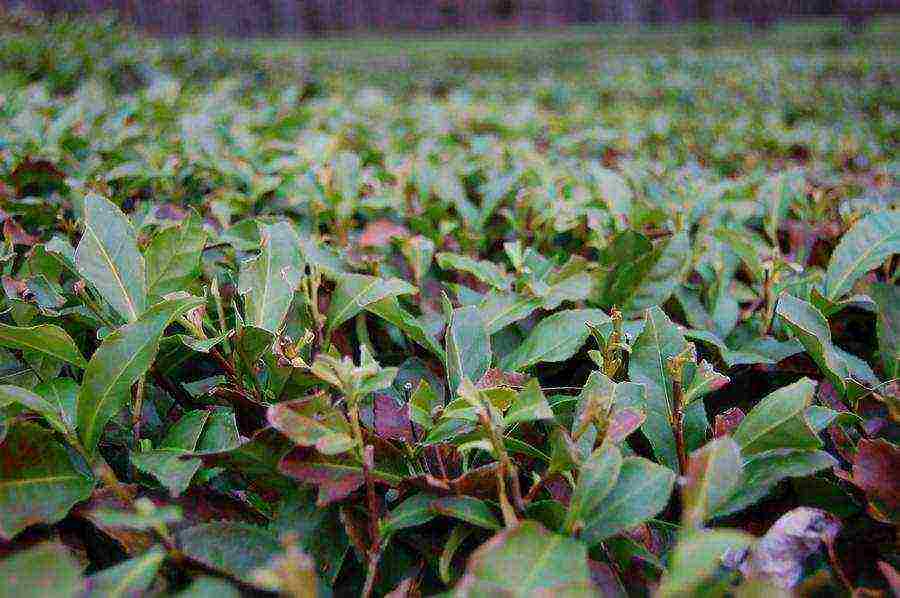
8. In summer, paid excursions to the plantations are held for tourists.

9. Honestly, I don't like Krasnodar tea. But for the sake of interest in the village of Izmailovka, we went to the brand store of Krasnodar Tea (aka Matsesta). There we chose green long tea with lemon balm and mint for 215 rubles 100 grams, the same tea I saw in Tabris. I really tried it, but I didn’t like other cheaper varieties, including those with the “Matsestinsky” brand.
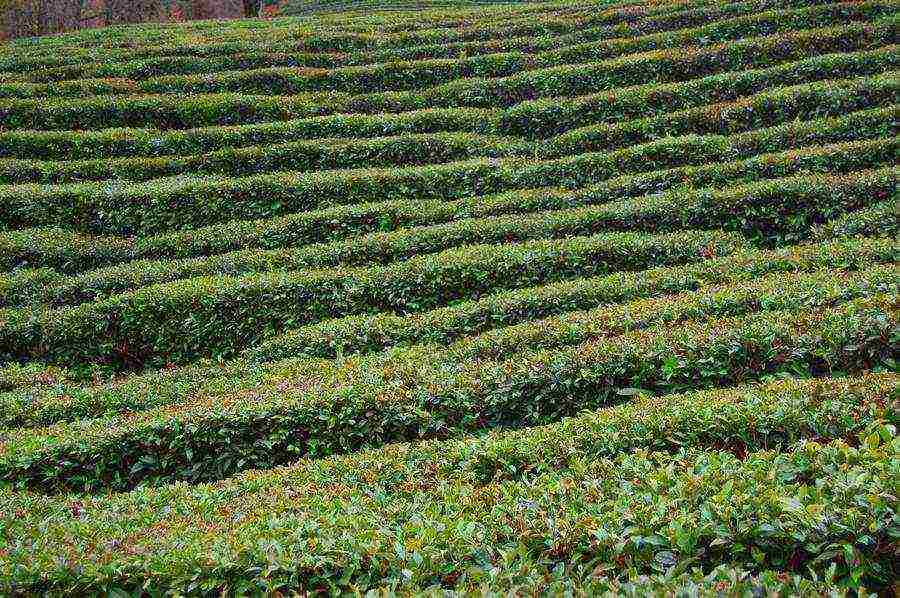
10. It is a mistake to believe that a tea bush will smell, it does not smell like tea at all :))

11. If you want to get acquainted with the products of Krasnodar tea, go to the site

12.

13.

14.
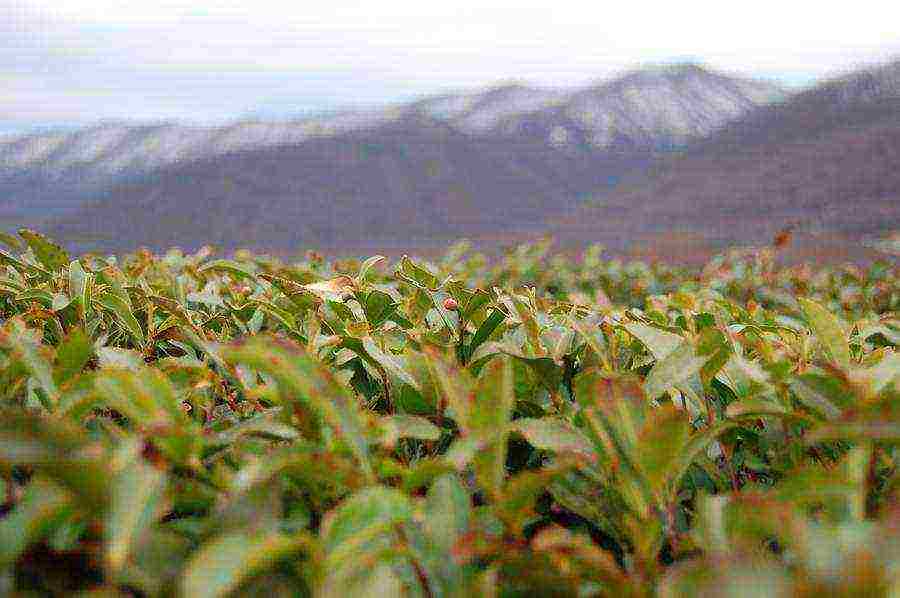
15.
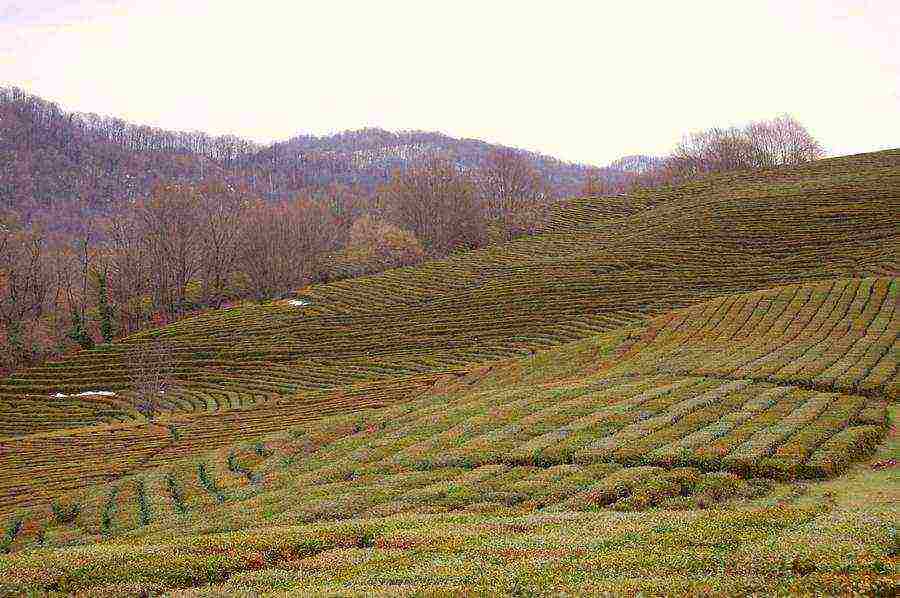
16. The village of Izmailovka.
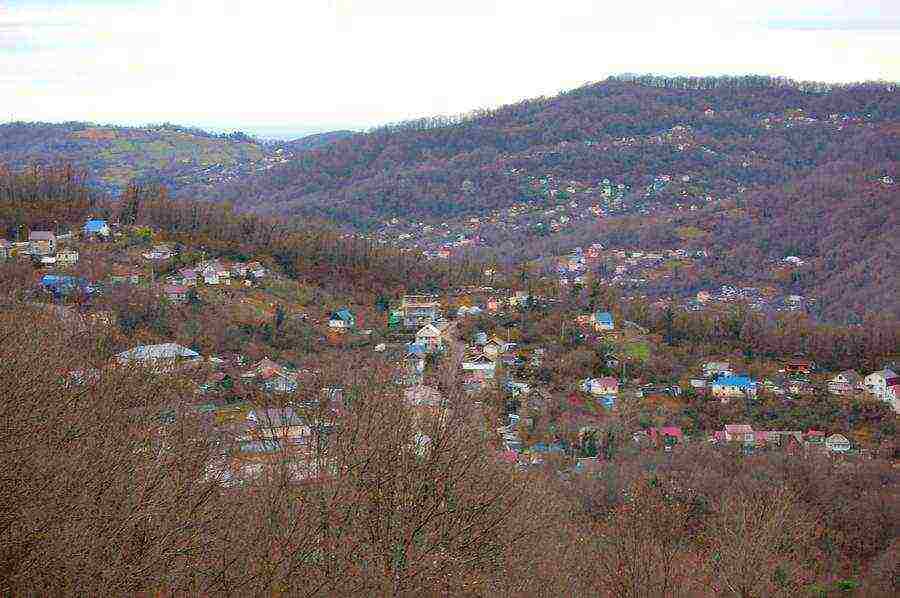
17.

18. Going down to the village of Izmailovka, we found another plantation with a house.
